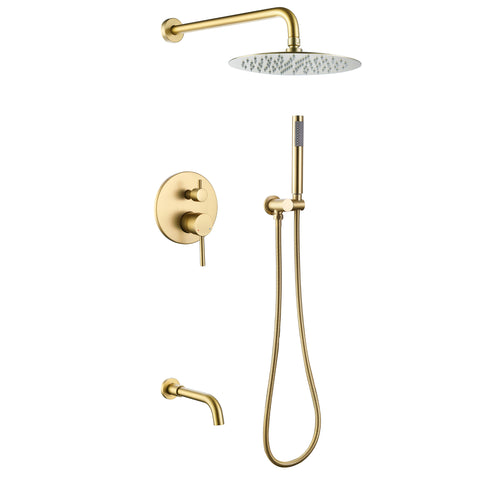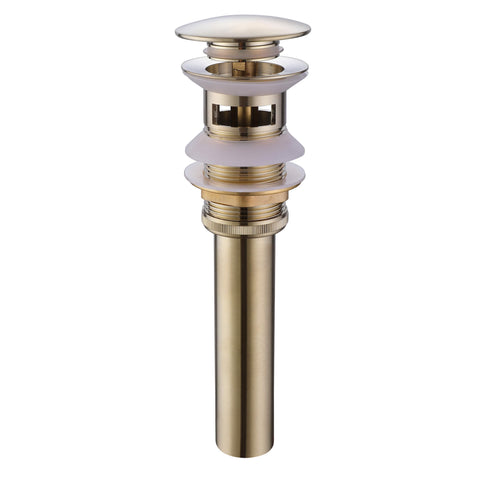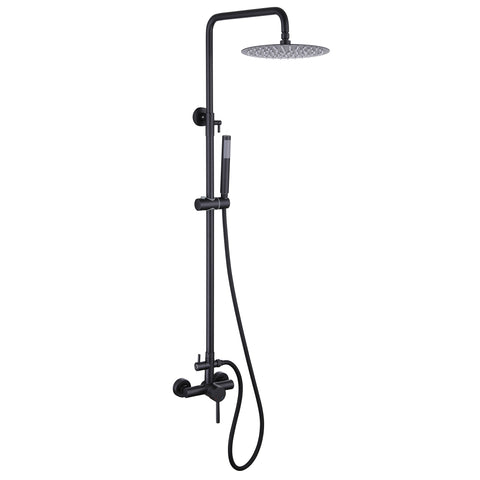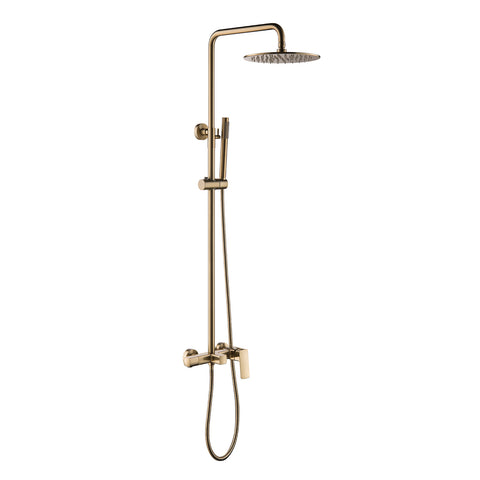How to Winterize Your Outdoor Shower?
Step 1: Turn Off the Water Supply
The first and most crucial step is to cut off the water supply to your outdoor shower. Locate the shut-off valves, which are typically found inside your house, to prevent any water from flowing to the outdoor plumbing. This prevents the water from freezing inside the pipes, which can cause them to burst.
Step 2: Drain the Pipes
Once the water supply is cut off, turn on all the valves and faucets of your outdoor shower to drain any remaining water. Allow the water to flow out completely; this could take several minutes. It's essential to ensure that no water remains in the pipes, as even a small amount can freeze and expand, causing cracks and damage.
Step 3: Blow Out the Pipes
For added security, use an air compressor to blow out any leftover water in the pipes. Attach the air compressor to the shower’s faucet and blow air through until no more water comes out. This is particularly important in regions where temperatures drop significantly below freezing.
Step 4: Insulate the Pipes
To safeguard your outdoor shower pipes from freezing temperatures, insulate them. Use foam pipe insulation sleeves, which you can find at your local hardware store. Cover all exposed pipes thoroughly, securing the insulation with duct tape if necessary.
Step 5: Protect the Shower Head and Handles
Remove the shower head and handles if possible, and store them indoors during the winter. If they cannot be removed, wrap them generously with insulating materials such as foam covers or insulating tape. This step prevents freezing and cracking of these fixtures.
Step 6: Cover the Shower Area
If your outdoor shower is not enclosed, consider covering the entire area with a waterproof tarp or a specially designed shower cover. This not only keeps snow and ice off the hardware but also protects the structure from the elements, which can help prolong its life.
Step 7: Check and Repair Any Leaks
Before winter fully sets in, it’s a good time to check for any leaks in your outdoor shower. Repairing leaks now can prevent water damage and help in maintaining the integrity of your outdoor plumbing system through the winter months.
Conclusion
Properly winterizing your outdoor shower is a straightforward but crucial process that can save you a lot of trouble and expense in the long run. By following these steps, you can rest assured that your shower will be protected throughout the winter and ready for use when warmer weather returns. Get started now to ensure your outdoor shower remains in prime condition!













